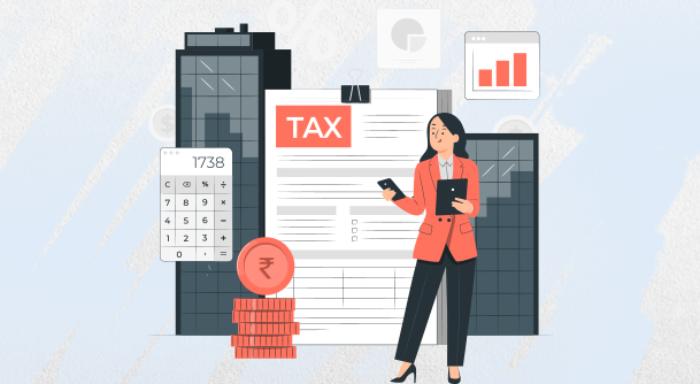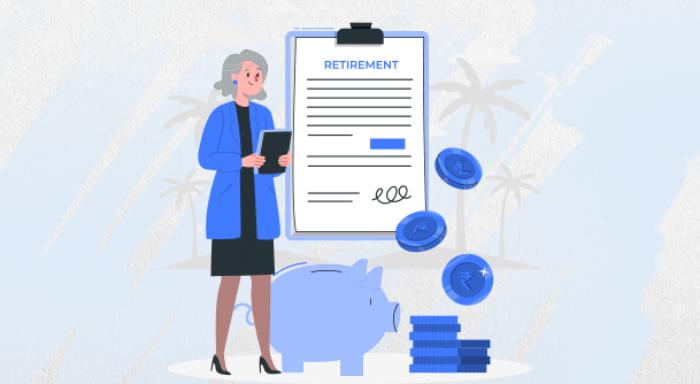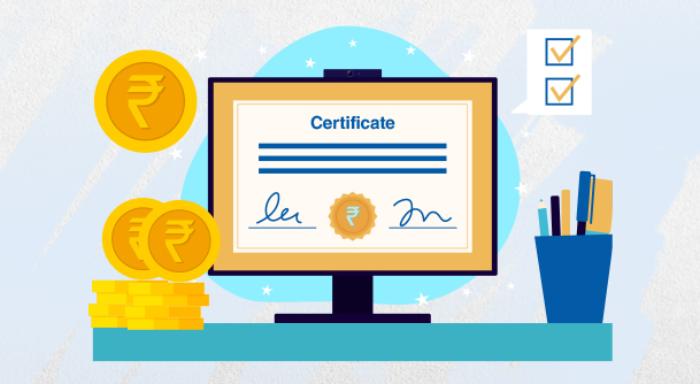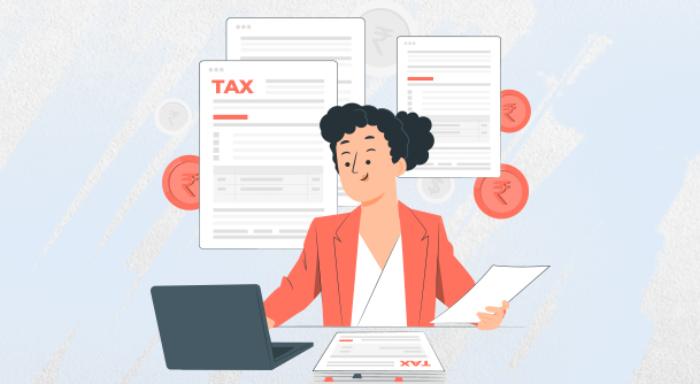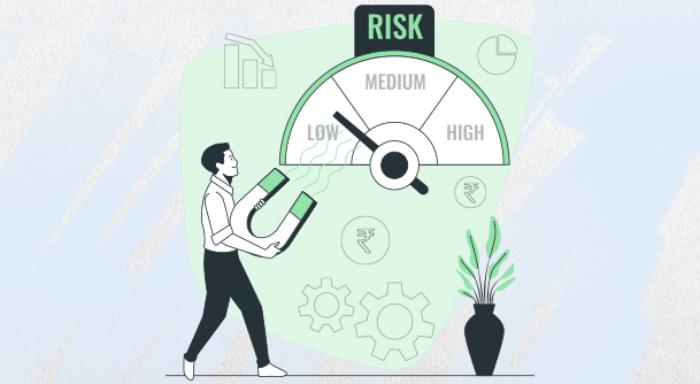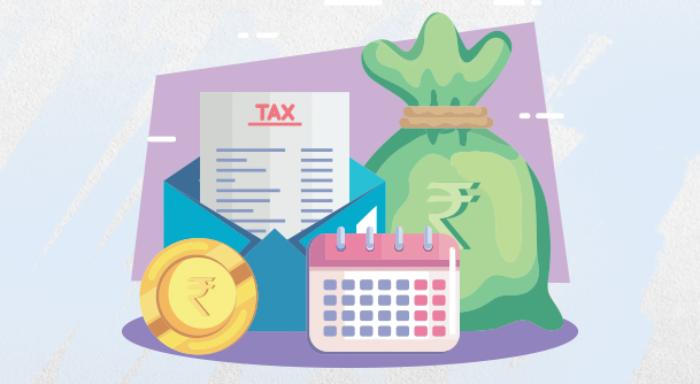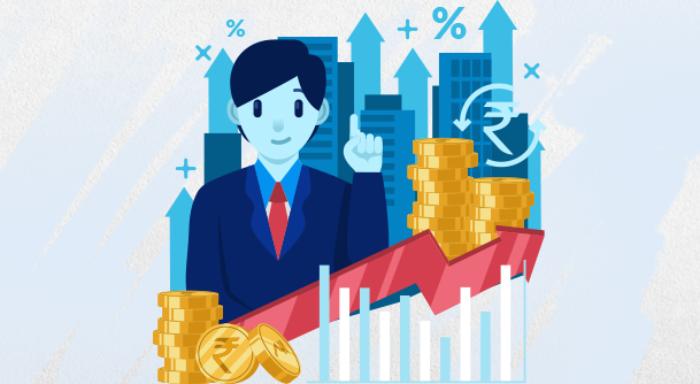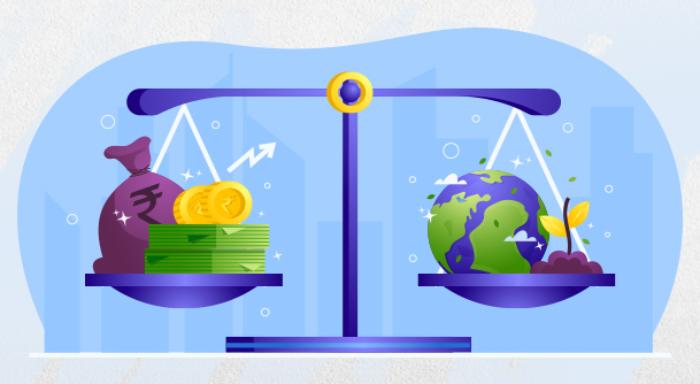Impact of Economic Cycles on Investment Plans
Blog Title
1572 |
5/22/24 7:44 AM |
All modern economies, including India’s, undergo different phases of growth and de-growth commonly called booms and downturns. The rotation of these phases is known as an economic cycle (or a business cycle) and these cycles have a big impact on your investments, especially if they are linked to the financial markets. If you wish to maximize your investments smartly, then it is imperative that you know more about these cycles and their impact on investments.
A large part of this impact is measured in terms of the movements in the stock market which is one of the indicators of how the economy is performing. Prices of shares go up and stock markets respond better when there is economic growth, while prices decrease and the markets experience record lows when the economy falters. But if you have not invested in the markets directly but through mutual funds or ULIPs, then how will they perform? Let us take a closer look at these economic cycles and how they may affect your investments.
What are the Various Phases of an Economic Cycle?
In total, there are four stages of an economic cycle:
- It starts from expansion
- Then there is a peak
- Then there is contraction
- And finally, there is a trough
The present stage of the economy can be identified through several factors, including share prices (as discussed), rates of interest, GDP, employment ratio, consumer expenditure ratios, and so on.
Here are some points worth noting in this regard:
- Expansion means higher demand, production, employment, and lower interest rates, along with moderate levels of inflation.
- The peak is where the economy touches its highest point and it is hard to grow any further. There will be an imminent slowdown in the markets as a result.
- The contraction stage is where demand comes down along with production and overall employment. The GDP growth is also at a slower rate in this period.
- When the economy hits the trough, both demand and supply are the lowest, while consumers usually shy away from purchases.
These phases have the following effects on the financial markets:
- Stock prices usually increase during market expansion and ultimately peak, thereby helping investors book higher profits.
- When there is pressure to sell, the stock prices begin coming down throughout the contraction phase and reach their lowest stage during the trough.
- Investors can buy more units for a lower amount at this time, thereby beefing up their portfolios to cash in on future economic booms.
Let us take an example of a ULIP investment, how it is impacted, and how it can be managed during these major cycles.
So, how does this extend to your ULIP?
Unit Linked Insurance Plans, popularly known as ULIPs, are hybrid life insurance products that give you the dual benefit of life coverage and long-term investments. ULIPs allow you to invest in market-linked instruments like equity, debt or balanced funds, hence, their returns depend on the performance of the underlying assets. While Equities mirror the performance of the markets and therefore the economy more closely, debt and balanced funds remain fairly stable throughout the different phases of the economic cycle. Now, having this knowledge can help you manage your ULIP portfolio better. Here’s how:
Consider an expansion phase, for instance. You can allocate more equity funds during growth cycles. And when there are signs of a slowdown (and fall in stock prices), you may switch to less-riskier debt funds to lower your risk exposure. With this strategy, you can go with the ebb and flow of the markets while safeguarding, consolidating, or maximizing your returns, as per your risk appetite.
The ideal overall strategy should be to stay invested for the long haul so that the overall return from your ULIP is compounded. It is important to note that this flexibility to switch around your investments in a ULIP is subject to the type and number of funds offered by the insurer. For example, Edelweiss Life Insurance offers a diverse pool of 7 funds, namely:
- Equity Large Cap Fund
- Equity Top 250 Fund
- Equity Mid Cap Fund
- Bond Fund
- Managed Fund
- GILT Fund
- Equity Blue Chip Fund
These funds cover multiple asset classes and give you a wide range of choices to fine tune your investments not just based on your risk appetite, but also the prevailing market conditions. Moreover, with Edelweiss Life Insurance, you can switch funds unlimited times without incurring any additional fund switching charges!
Conclusion
Hence, as you can see, it is vital for you to have a better understanding of how the market works during different phases of the economic cycle. This will help you keep realigning your portfolio as per the market scenario and economic cycle in question. Especially for investments like Mutual funds and ULIPs, understanding their performance can help you maneuver your money between different asset classes efficiently. ULIPs are especially
beneficial in this regard. If you have invested in a ULIP, then you can manage your portfolio effectively and efficiently, regardless of the economic cycle.
Chirag Iyer - BFSI Enthusiast
Chirag is a writer and an avid reader who loves to drink coffee! His other interests include boxing, karate, and singing.

